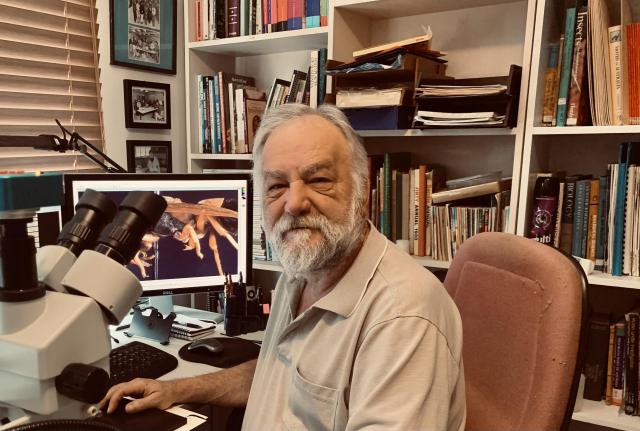Elsie Lange
A massive entomology expo is happening in Woodend in July and it’s set to be un-bee-lievably good fun for insect larvas, at least entomologist Bert Candusio thinks so.
Mr Candusio, Central Victorian Regional Insect Collection’s (CVRIC) managing director, said the expo will give entomologists, private collectors and insect breeders a chance to showcase their work.
CVRIC, which is now the last collection representing the bugs of central Victoria in existence, will showcase its collection alongside exhibitors from all over Victoria and even New South Wales from July 1–3.
“It’s going to be pretty exciting and absolutely wonderful, especially for the kids, I mean the kids are going to be thrilled,” Mr Candusio said
With an art show, displays of insect photography and a giant butterfly pantomime, Mr Candusio is sure the expo will cause a buzz of interest around entomology.
“One goal of the expo is getting people to realise that okay, koalas are cute and cuddly, and panda bears look amazing, however, if you really want to conserve the cute and cuddly mammals and birds that everyone is familiar with, you need to start from the ground level of invertebrates and insects,” Mr Candusio said.
“[They] form the foundation of all terrestrial ecosystems.”
In March last year, Mr Candusio was asked by La Trobe university to help find a new home for its Bendigo campus insect collection, which is a 40-year-old group of specimens gathered by biology students through the years.
Since then, the collection has been housed in Woodend, where it is being developed, data-based and digitally scanned to eventually make it available to the general public.
The entomologist was the founding director of the now-closed Insectarium of Victoria in Woodend and when their original site was sold to developers, the organisation sold their collection to a consortium who intended to build it a new site.
But, devastatingly, the original collections were destroyed by “sheer neglect”, eaten by museum beetles and “totally reduced to dust”.
“[The CVRIC] collection is the last one, and that’s why we were so keen to salvage and save it,” Mr Candusio said.
“Because if we lost this, then essentially we’d have nothing.”







